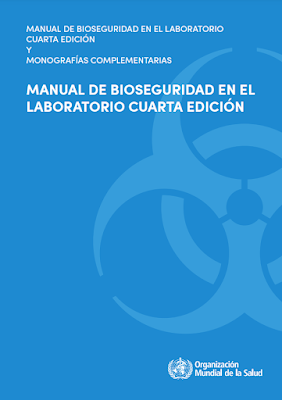Preparation of viral samples within biocontainment for ultrastructural analysis
Transmission electron microscopy can be used to observe the ultrastructure of viruses and other microbial pathogens with nanometer resolution. In a transmission electron microscope (TEM), the image is created by passing an electron beam through a specimen with contrast generated by electron scattering from dense elements in the specimen. Viruses do not normally contain dense elements, so a negative stain that places dense heavy metal salts around the sample is added to create a dark border. To prepare a virus sample for a negative stain transmission electron microscopy, a virus suspension is applied to a TEM grid specimen support, which is a 3mm diameter fragile specimen screen coated with a few nanometers of plastic film. Then, deionized (dI) water rinses and a negative stain solution are applied to the grid. All infectious viruses must be handled in a biosafety cabinet (BSC) and many require a biocontainment laboratory environment. Staining viruses in biosafety levels (BSL) 3 and 4 is especially challenging because the support grids are small, fragile, and easily moved by air currents. In this study we evaluated a new device for negative staining viruses called mPrep/g capsule. It is a capsule that holds up to two TEM grids during all processing steps and for storage after staining is complete. This study reports that the mPrep/g capsule method is valid and effective to negative stain virus specimens, especially in high containment laboratory environments.
REFERENCE:
Monninger MK, et al. Preparation of viral samples within biocontainment for ultrastructural analysis: Utilization of an innovative processing capsule for negative staining. J Virol Methods. 2016 Dec;238:70-76. doi: 10.1016/j.jviromet.2016.10.005. PubMed PMID: 27751950.
-----------------------------------------------------------
Sigue este Blog en Facebook y Twitter
Monninger MK, et al. Preparation of viral samples within biocontainment for ultrastructural analysis: Utilization of an innovative processing capsule for negative staining. J Virol Methods. 2016 Dec;238:70-76. doi: 10.1016/j.jviromet.2016.10.005. PubMed PMID: 27751950.
-----------------------------------------------------------
Sigue este Blog en Facebook y Twitter




Comentarios